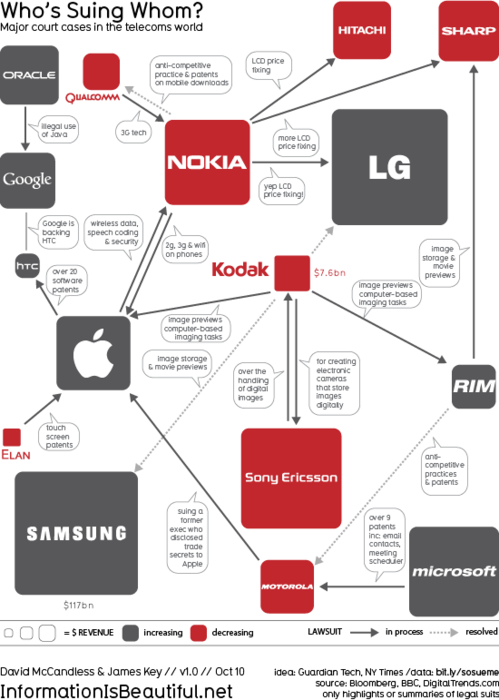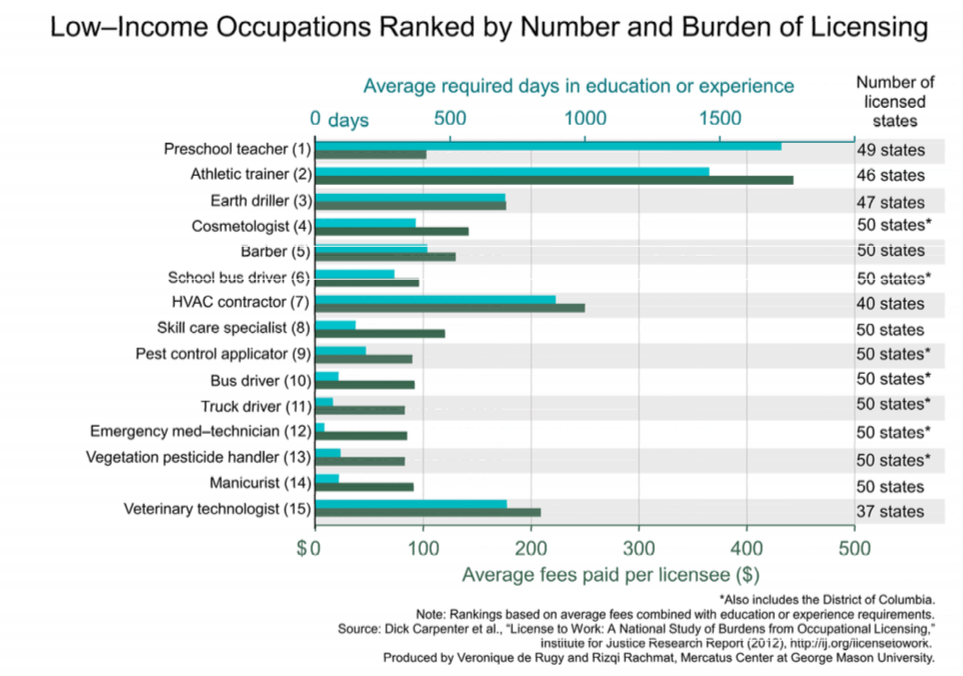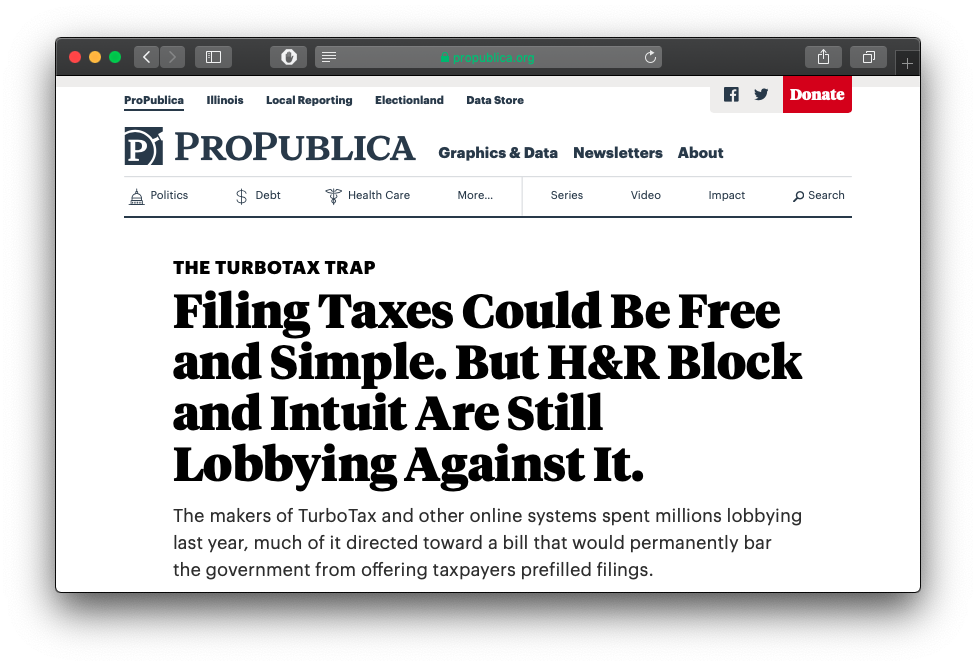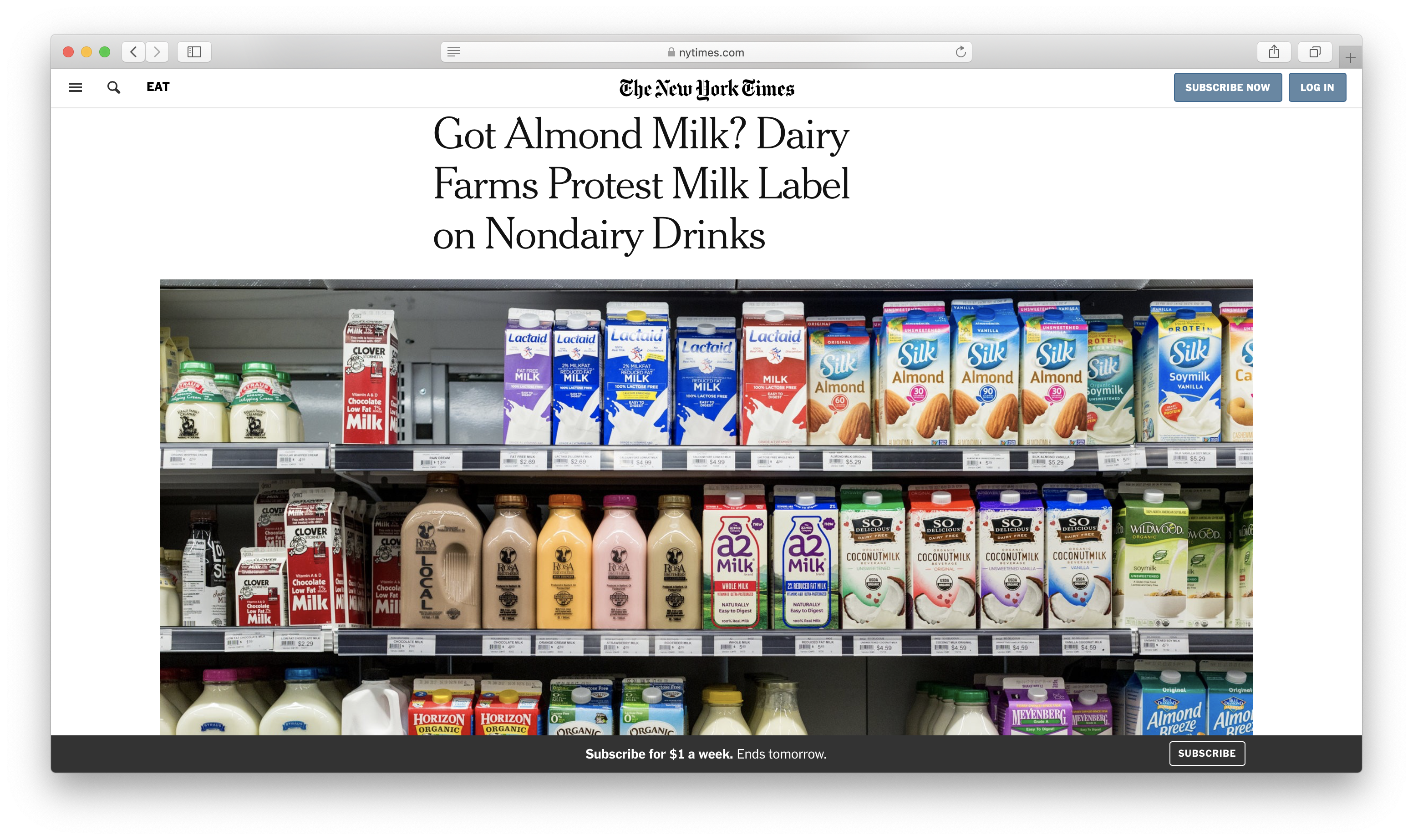4.2 — Consequences & Sources of Power
ECON 306 • Microeconomic Analysis • Spring 2022
Ryan Safner
Assistant Professor of Economics
safner@hood.edu
ryansafner/microS22
microS22.classes.ryansafner.com
Market Power: The Good, the Bad, and the Ugly
No market is perfectly competitive, but that does not necessarily imply market failure
- Static vs. dynamic benefits of markets
Market power is interesting
- Most firms clearly have some market power
- Market power ≠ bad, necessarily!
Today, we’ll examine what I call “the good, the bad, and the ugly” of market power
- (but not necessarily in that order)
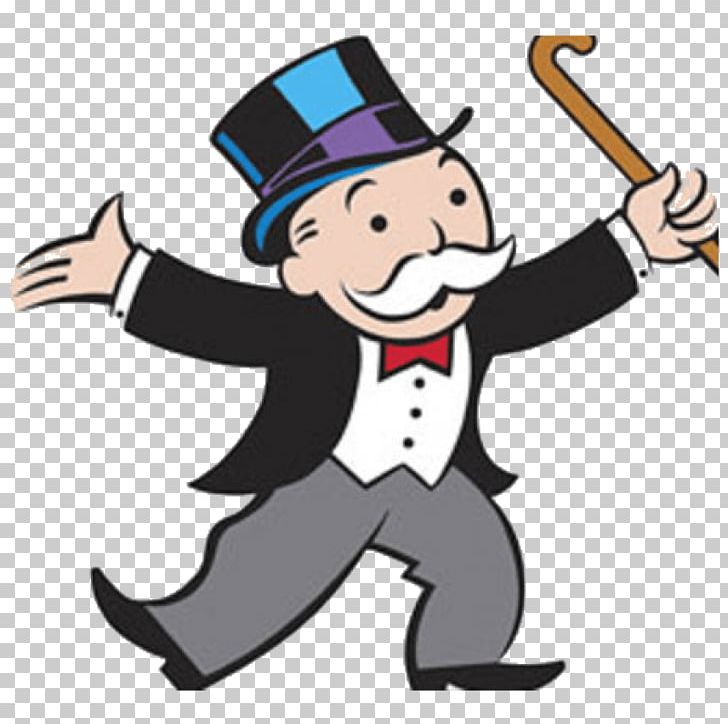
The Social Harm of Market Power
Perfectly Competitive Market


- In a competitive market in long run equilibrium:
- Economic profit is driven to $0; resources (factors of production) optimally allocated
- Allocatively efficient: p=MC(q), maximized CS + PS
- Productively efficient: p=AC(q)min (otherwise firms would enter/exit)
The Bad of Monopoly: DWL I

- Consider an industry with some simplified cost assumptions:
C(q)=cq
- No fixed costs; MC(q)=AC(q)=c†
- If this industry were competitive, firms would set pc=MC(q) and (collectively), industry would produce qc
- Max’d consumer surplus, π=0
† Why? See here for a reminder.
The Bad of Monopoly: DWL II

A monopolist would face entire industry demand and set (qm,pm):
- Set MR(q) = MC(q): qm
- Raise p to max. WTP (Demand): pm
Restricts output and raises price, compared to competitive market
Earns monopoly profits (p>AC)
Loss of consumer surplus
The Bad of Monopoly: DWL III

- Deadweight loss of surplus destroyed from lost gains from trade
- Consumers willing to buy more than qm, if the monopolist would lower prices!
- Monopolist would benefit by accepting lower prices to sell more than qm, but this would yield less than maximum profits
- main problem is that monopolist must lower price on all units sold
The Bad of Monopoly II

- Deadweight loss of surplus destroyed from lost gains from trade
- Consumers willing to buy more than qm, if the monopolist would lower prices!
- Monopolist would benefit by accepting lower prices to sell more than qm, but this would yield less than maximum profits
- main problem is that monopolist must lower price on all units sold
In General

What Is a Monopoly?
What Is a Monopoly?
Everyone (economists & the public alike) generally agree that monopoly is bad
But what is a monopoly?
A surprisingly difficult question to answer!
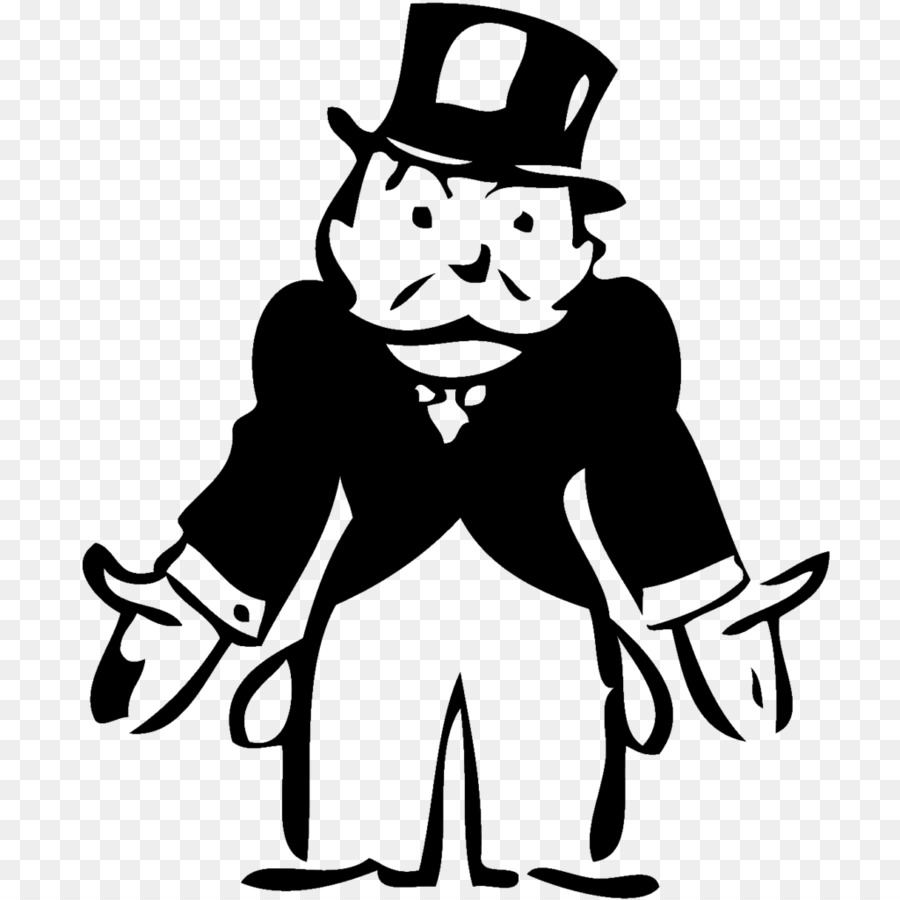
In Ye Olde Days

Lord Edward Coke
1552—1634
Chief Justice (King's Bench)
“A monopoly is an institution or allowance by the king, by his grant, commission, or otherwise...to any person or persons, bodies politic or corporate, for the sole buying, selling, making, working, or using of anything, whereby any person or persons, bodies politic or corporate, are sought to be restrained of any freedom or liberty that they had before, or hindered in their lawful trade,” (181).
Coke, Edward, 1648, Institutes of the laws of England, Part 3
In Ye Olde Days
"[A man lives] in a house built with monopoly bricks, with windows...of monopoly glass; heated by monopoly coal (in Ireland monopoly timber), burning in a grate made of monopoly iron...He washed himself in monopoly soap, his clothes in monopoly starch. He dressed in monopoly lace, monopoly linen, monopoly leather, monopoly gold thread...His clothes were dyed with monopoly dyes. He ate monopoly butter, monopoly currants, monopoly red herrings, monopoly salmon, and monopoly lobsters. His food was seasoned with monopoly salt, monopoly pepper, monopoly vinegar...He wrote with monopoly pens, on monopoly writing paper; read (through monopoly spectacles, by the light of monopoly candles) monopoly printed books," (quoted in Acemoglu and Robinson 2011, pp.187-188).
Hill, Christopher, (1961), The Century of Revolution
Acemoglu, Daron and James A Robinson, 2013, Why Nations Fail
Isn’t a Single Seller a Monopolist?
- Isn’t the only seller of something a monopolist?
- A new inventor?
- An artist?
- LeBron James?
- First-mover?
- The only hardware store in town?
- The only seafood restaurant?
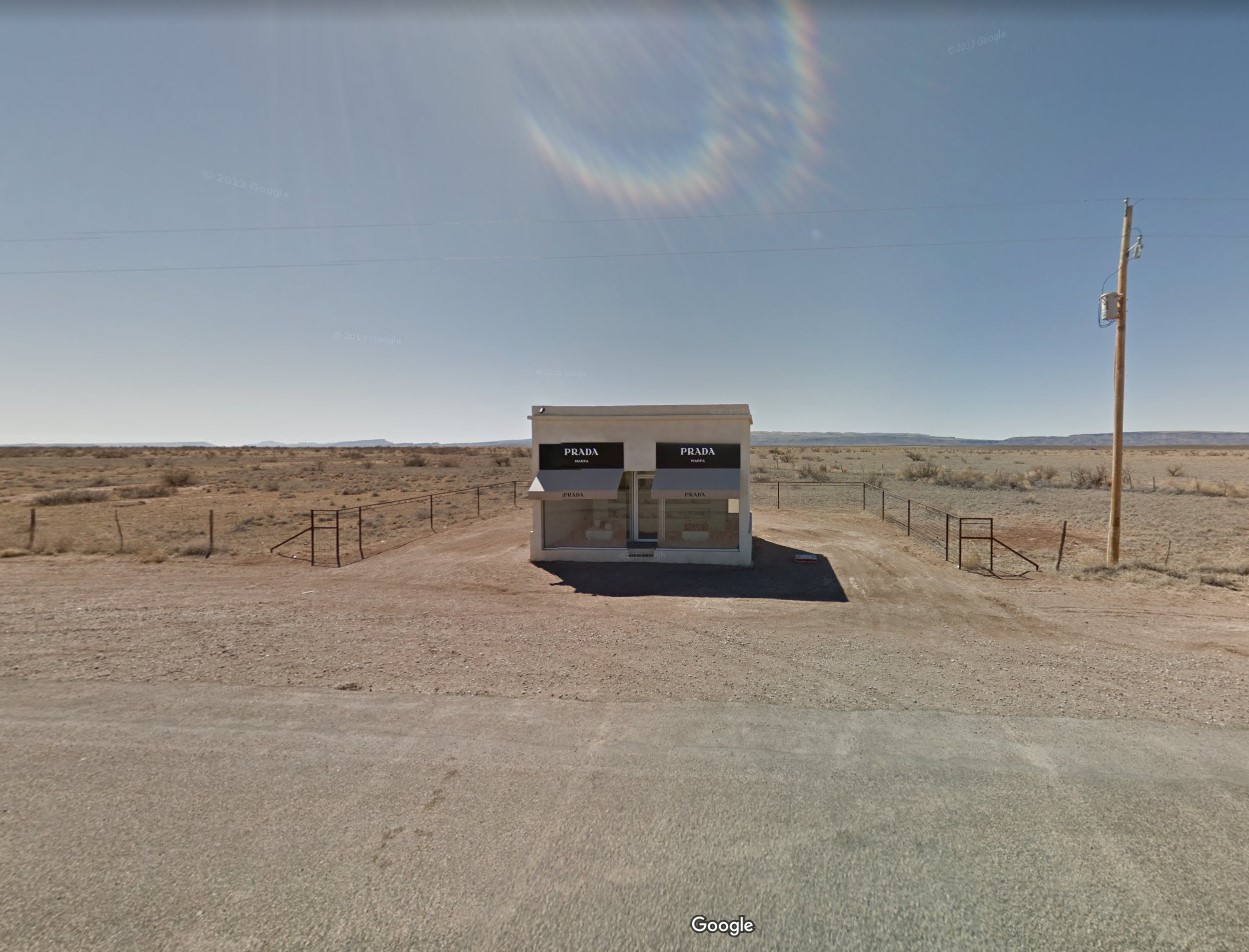
Maybe...Depends on the Price Elasticity!
The more (less) price elastically a good, the less (more) market power: L=p−MC(q)p=−1ϵ
Demand Less Elastic at p∗

Demand More Elastic at p∗

And Recall What Determines Price Elasticity!
A main determinant of price elasticity is the availability of substitutes!
- More substitutes → higher elasticity → less market power
- Universal substitute: not buying!
So again, it’s Consumer Demand all the way down!
Aside: courts in antitrust cases often also focus on the cross-price elasticities between goods!
- helps determine substitutability of a good, where/whether customers will go in response to price hike

And Cross-Price Elasticity!

“For every product substitutes exist. But a relevant market cannot meaningfully encompass that infinite a range. The circle must be drawn narrowly to exclude any other product to which, within reasonable variations in price, only a limited number of buyers will turn; in technical terms, products whose 'cross-elasticities of demand' are small,” Times-Picayune Publishing v. United States, 345 U.S. 594 at 621 n. 31 (1953)
“Every manufacturer is the sole producer of the particular commodity it makes but its control in the above sense of the relevant market depends on the availability of alternative commodities for buyers: i.e., whether there is a cross-elasticity of demand between cellophane and the other wrappings,” U.S. v. E. I. du Pont de Nemours &. Co., 351 U.S. 377 (1956)
“Cross-price elasticity is a more useful tool than own-price elasticity in defining a relevant antitrust market. Cross-price elasticity estimates tell one where the lost sales will go when the price is raised, while own-price elasticity estimates simply tell one that a price increase would cause a decline in volume,” New York v. Kraft General Foods, 926 F. Supp. 321 (1995)
The Dynamic Benefits of Markets (with Market Power)
Markets as an Evolutionary Process
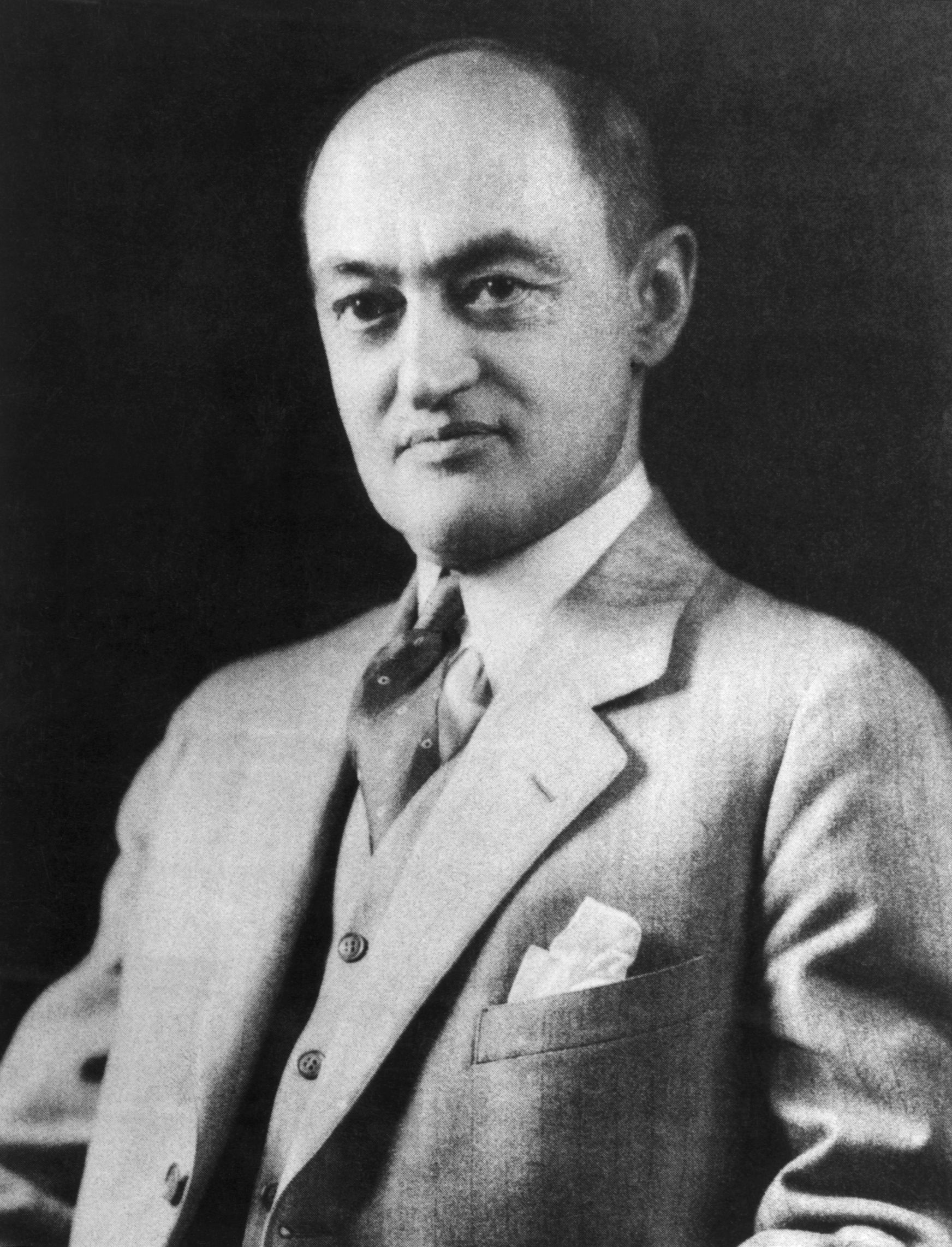
Joseph Schumpeter
1883-1950
“Capitalism...is by nature a form of economic change and not only never is but never can be stationary...The essential point to grasp is that in dealing with capitalism we are dealing with an evolutionary process,” (pp.82).
“[I]n capitalist reality as distinguished from its textbook picture, it is...that kind of competition...from the new commodity, the new technology, the new source of supply, the new type of organization...competition which commands a decisive cost or quality advantage which strikes not at the margins of the profits and the outputs of the existing firms but at their foundations and their very lives,” (p.132).
Schumpeter, Joseph A, (1947), Capitalism, Socialism, and Democracy
Creative Destruction

Joseph Schumpeter
1883-1950
“Industrial mutation—if I may use that biological term—that incessantly revolutionizes the economic structure from within, incessantly destroying the old one, incessantly creating a new one. This process of Creative Destruction is the essential fact about capitalism. It is what capitalism consists in and what every capitalist concern has got to live in,” (p.83).
Schumpeter, Joseph A, (1947), Capitalism, Socialism, and Democracy
Creative Destruction: Examples
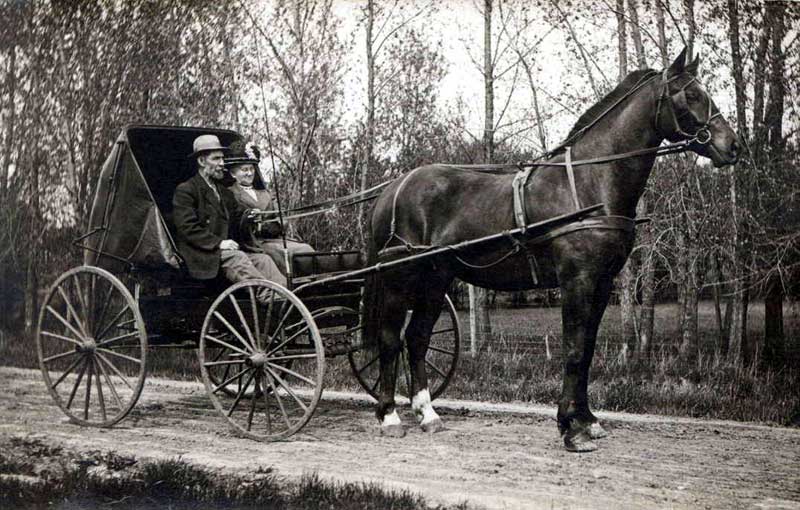

Creative Destruction: Example II
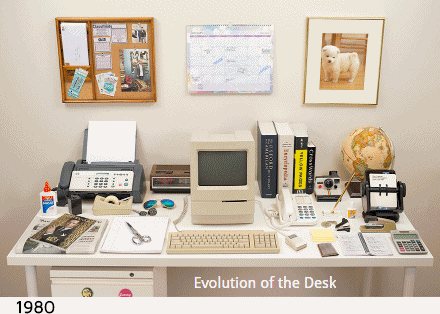
Creative Destruction: Example III

59 years of progress
No Corporate Monolith Lasts Forever (On Its Own)
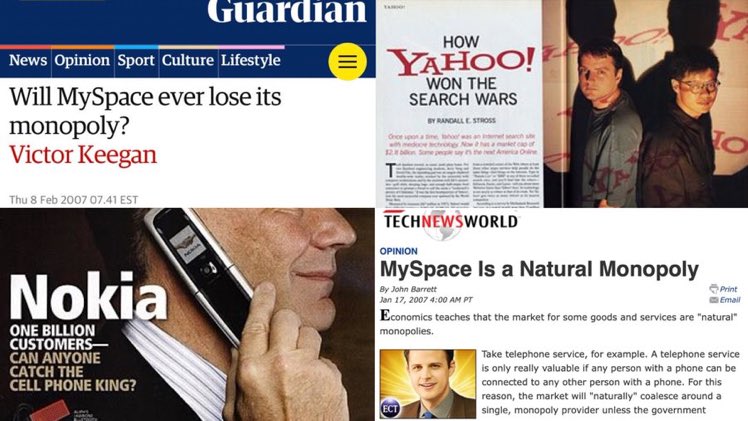
No Corporate Monolith Lasts Forever (On Its Own)

No Corporate Monolith Lasts Forever (On Its Own)

No Corporate Monolith Lasts Forever (On Its Own)
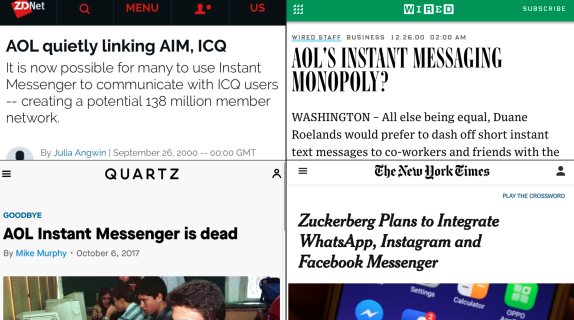
No Corporate Monolith Lasts Forever (On Its Own)

No Corporate Monolith Lasts Forever (On Its Own)
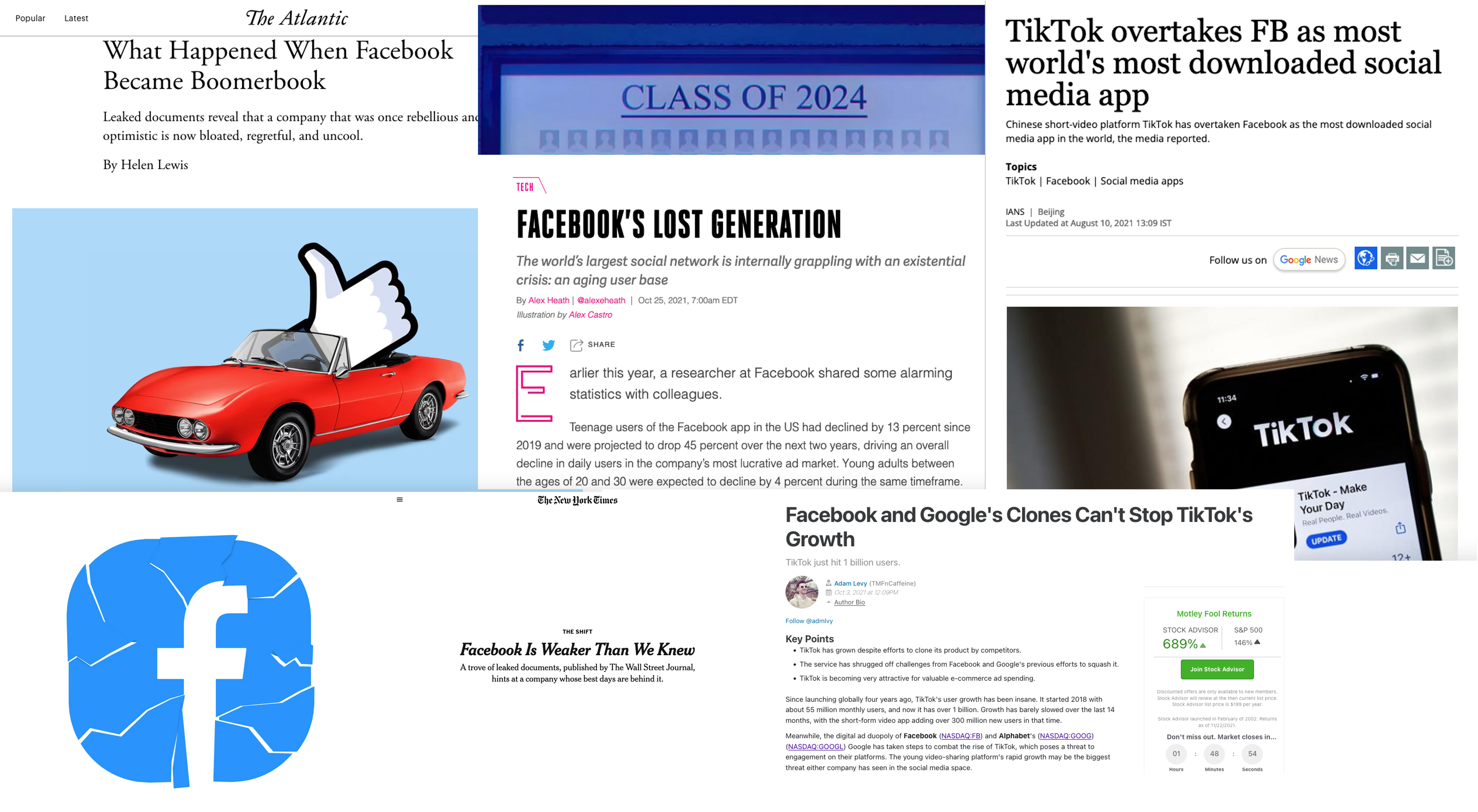
Monopoly Persists Because of Entry Barriers
Monopoly exists, and persists, because of barriers to entry
- otherwise, profits would get competed away by new entrants
- markets become competitive over time as entrepreneurs enter & produce substitutes
How easy is it to enter and compete with existing firm?

Monopoly Persists Because of Entry Barriers
(Some) possible types of entry barriers:
- Control over key resource
- Technological superiority: Name/brand recognition, high fixed/sunk costs, economies of scale, network externalities
- Government regulation: Intellectual property rights, occupational licensing, public franchises, burdensome compliance, rent-seeking
“Natural” vs. “artificial” barriers to entry
- “open” vs. “closed” monopoly
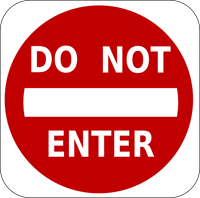
What If You’re Just Better?
Economies of Scale and Natural Monopoly I
Recall: economies of scale: as ↑q, ↓AC(q)
Minimum Efficient Scale (MES): q with the lowest AC(q)

Economies of Scale and Natural Monopoly I
Recall: economies of scale: as ↑q, ↓AC(q)
Minimum Efficient Scale (MES): q with the lowest AC(q)
If MES is small relative to market demand...
- AC hits Market demand during diseconomies of scale...

Economies of Scale and Natural Monopoly I
Recall: economies of scale: as ↑q, ↓AC(q)
Minimum Efficient Scale (MES): q with the lowest AC(q)
If MES is small relative to market demand...
- AC hits Market demand during diseconomies of scale...
- ...can fit more identical firms into the industry!

Economies of Scale and Natural Monopoly I
- If MES is large relative to market demand...
- AC hits Market demand during economies of scale...
- likely to be a single firm in the industry!

Economies of Scale and Natural Monopoly I
If MES is large relative to market demand...
- AC hits Market demand during economies of scale...
- likely to be a single firm in the industry!
A natural monopoly that can produce higher q∗ and lower p∗ than a competitive industry!

Economies of Scale and Natural Monopoly II
Example: Imagine a single isolated condo complex with 1,000 units far from any other buildings or telco infrastructure
- Fixed costs: laying fiber optics to the complex is $100,000
- Marginal costs: connecting each unit: $0

Economies of Scale and Natural Monopoly II
- Suppose 10 providers split the complex, each laying down their own cables, and each serving 100 units:
AC(100)=$100,000100=$1,000/subscriber

Economies of Scale and Natural Monopoly II
- Suppose 1 provider serves the complex serving all 1,000 units:
AC(1,000)=$100,0001000=$100/subscriber

Regulating Natural Monopolies
Governments avoid “wasteful duplication” of competition by granting exclusive franchises: a single monopolist allowed in geographic region
Provider made a common carrier: monopolist must provide universal service to all
Rate of return regulation: gov’t and monopolist agree on a price to guarantee a “modest return on capital” (i.e. some π>0)
- Attempting to ↑q and ↓p
- Prohibition on price discrimination, enforced subsidies


Regulating Natural Monopoly

Are big tech firms monopolies? Should they be broken up? How should they be regulated?
We tackle some of these questions more in my Industrial Organization course:
Barriers to Entry
Intellectual Property I


Intellectual Property II

Intellectual Property III
For these economic reasons, patent (for ideas and inventions) and copyright (for expressions) laws exist
Grant temporary monopoly to recover fixed costs & provide incentive to undertake (risky and expensive) research/creativity
A tradeoff between incentives & access
See my intellectual property lecture from Economics of the Law for more

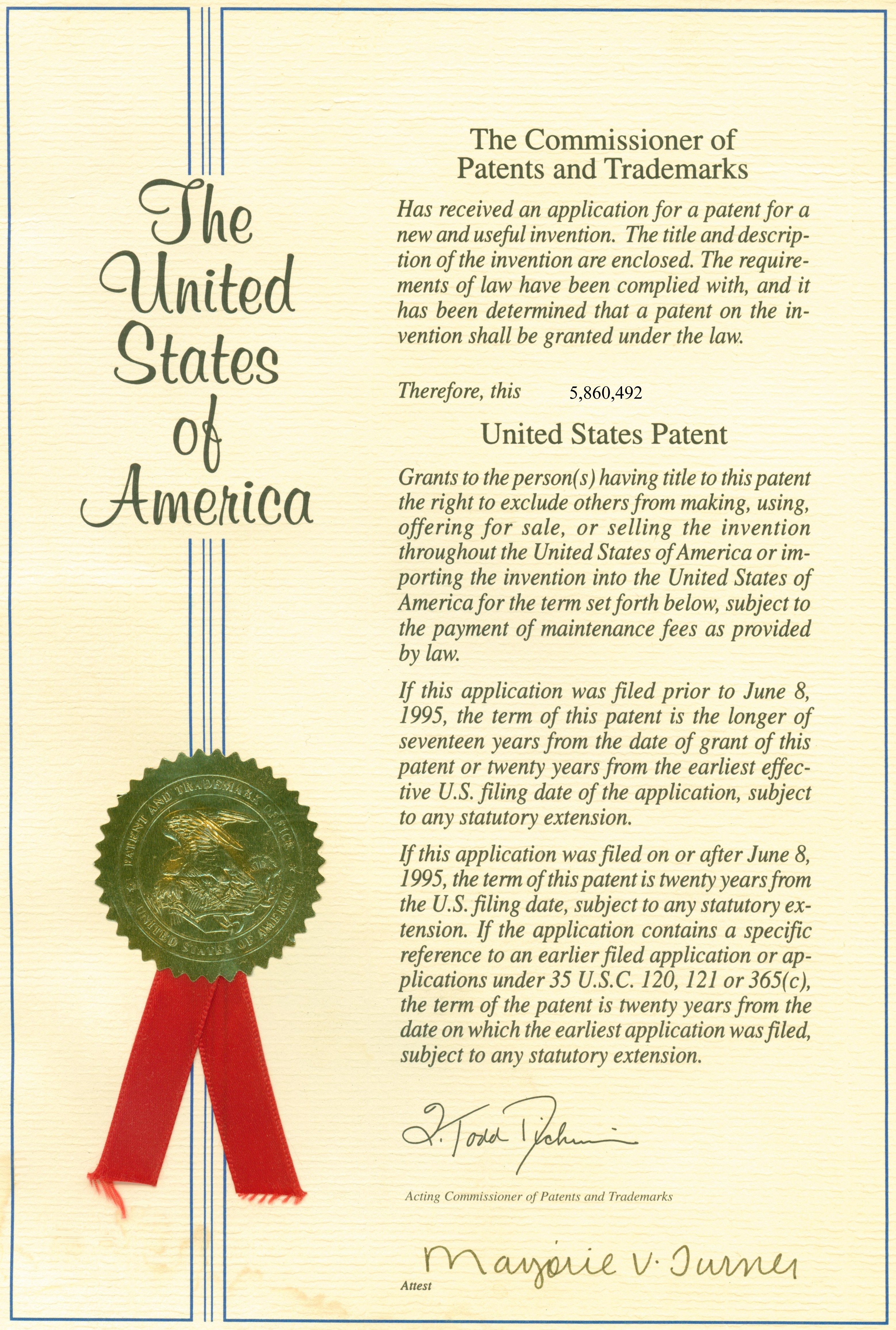

Intellectual Property IV
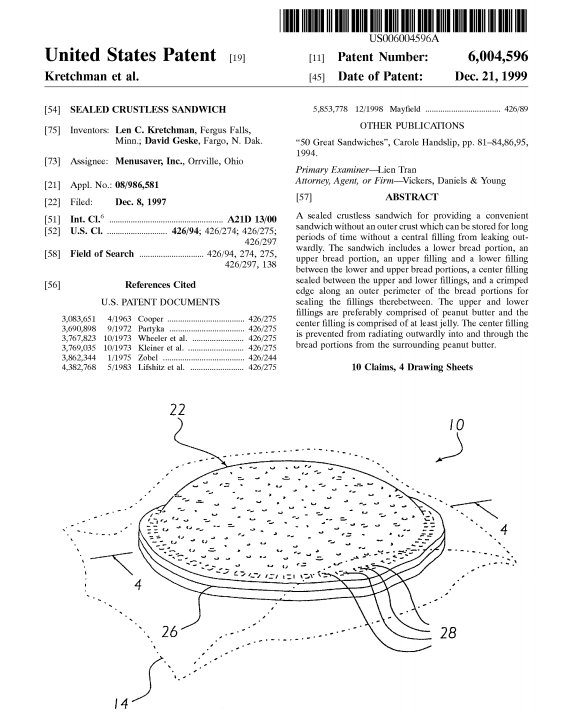
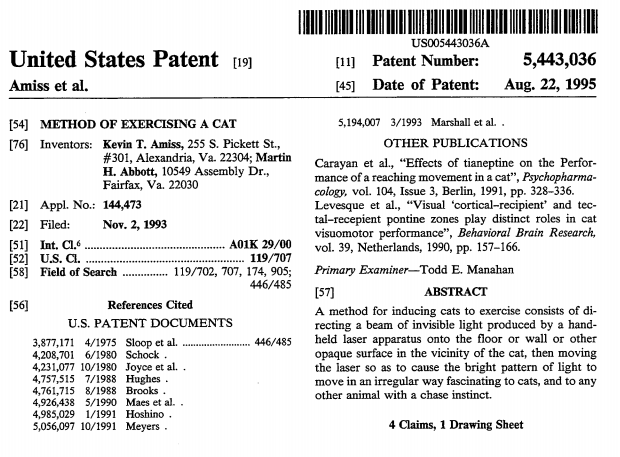
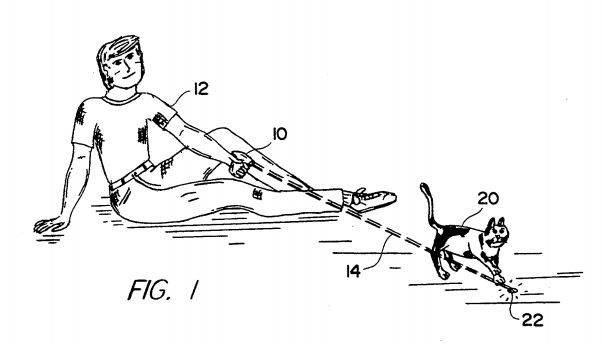
Legal Prohibitions
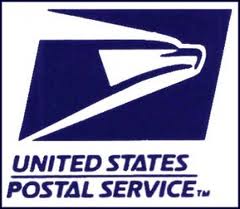
The United States Postal Service is the only provider of first class mail allowed by order of the government
Starting another business that delivers mail is illegal
“Whoever establishes any private express for the conveyance of letters or packets, or in any manner causes or provides for the conveyance of the same by regular trips or at stated periods over any post route which is or may be established by law...shall be fined...or imprisoned...or both.” (18 U.S.C. § 1696)
Taxis I
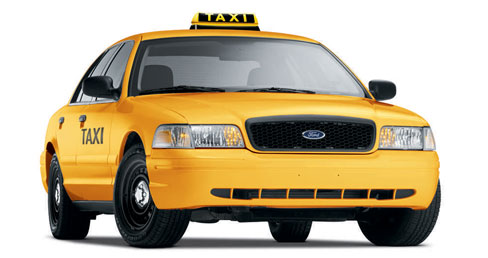
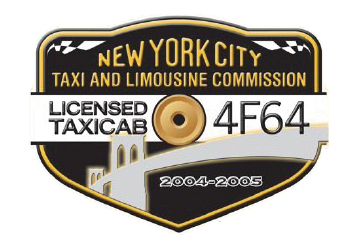
Taxis II
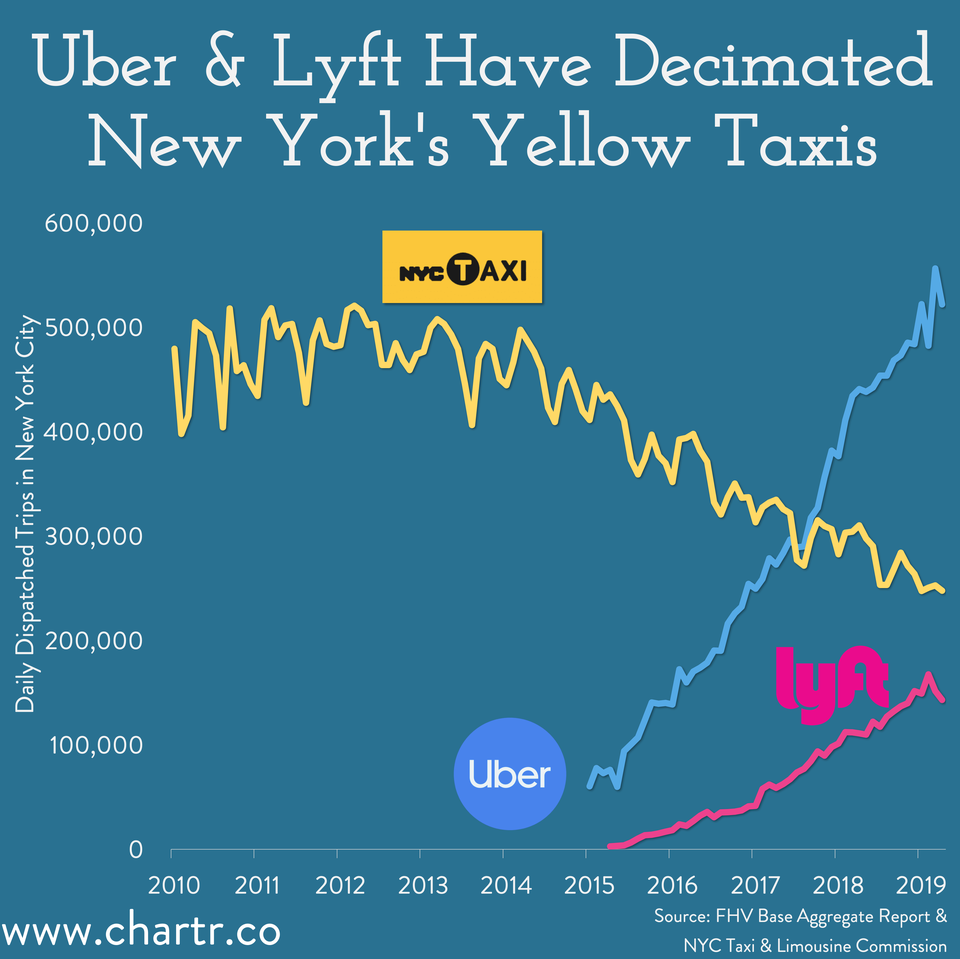
Taxis III


Occupational Licensing I
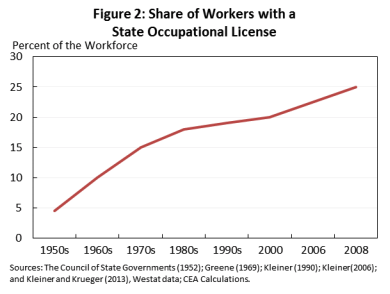
In 1950, 1 in 20 jobs required a license. Today it's 1 in 4. Source: Obama White House (2015): Occupational Licensing: A Framework for Policymakers
Occupational Licensing II
Occupational Licensing III
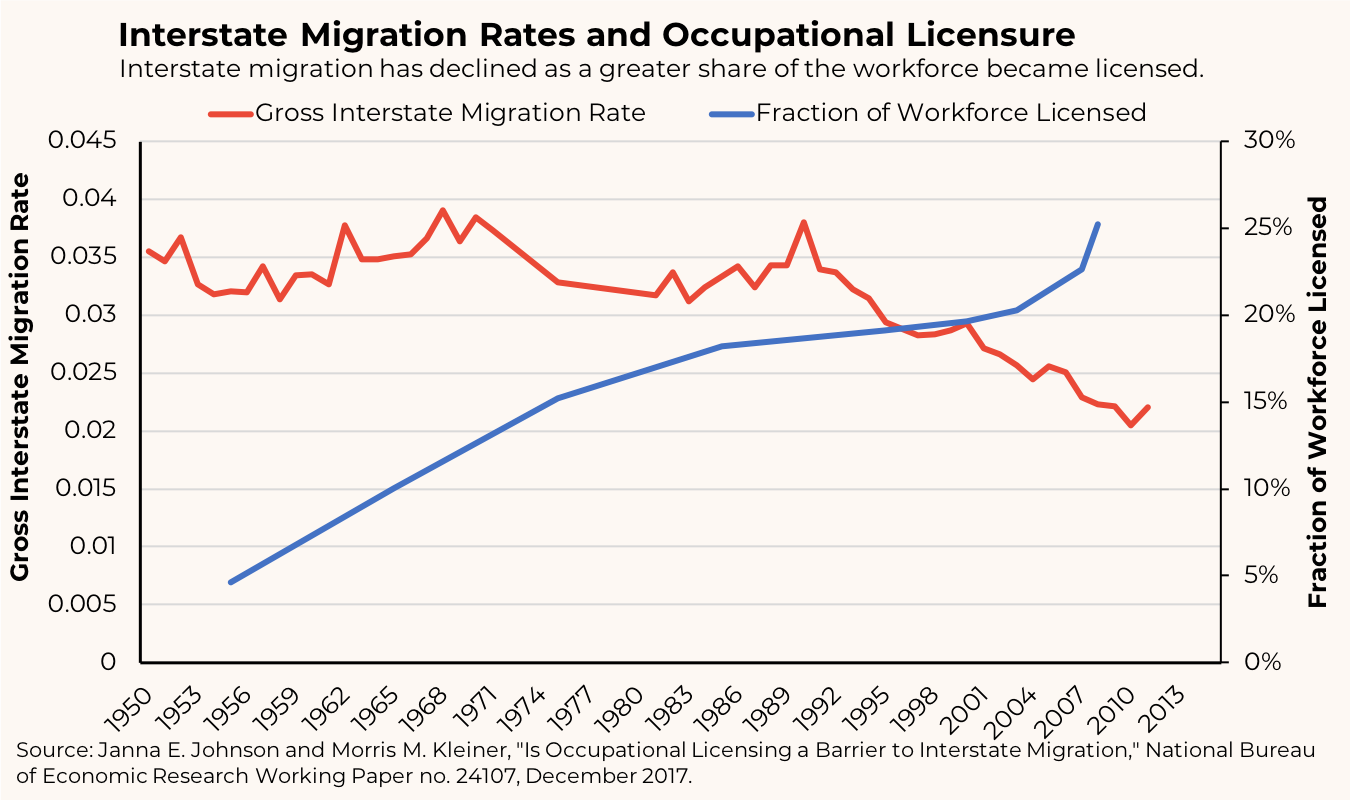
Occupational Licensing IV

“‘It is illegal in the state of Utah to do any form of extensions without a valid cosmetology license,’ the e-mail read. ‘Please delete your ad, or you will be reported.’
To get a license, Jestina would have to spend more than a year in cosmetology school. Tuition would cost $16,000 dollars or more.”
Source: NPR Planet Money
The Ugly of Market Power: Rent-Seeking
The Ugly of Market Power: Rent-Seeking I

The monopoly profits earned with market power are an economic rent
- A windfall return above opportunity cost (MC)
- Creates an artificial scarcity from restricting entry & competition
This is the “prize” of market power
The Ugly of Market Power: Rent-Seeking II

Think of an economic rent as a “prize,” the payment a person receives for a good above its opportunity cost
Creating rents creates competition for the rents, causing people to invest resources in rent-seeking
The social cost of the rent is all of the resources invested in rent-seeking!
Government Intervention Creates Rents I

Political authorities intervene in markets in various ways that benefit some groups at the expense of everyone else
- subsidies to groups (often producers)
- regulation of industries
- tariffs, quotas, and special exemptions from these
- tax breaks and loopholes
- conferring monopoly and other privileges
See Mitchell (2013) in today’s readings for examples
Government Intervention Creates Rents I

These interventions create economic rents for their beneficiaries by restricting competition
This is a transfer of wealth from consumers/taxpayers to politically-favored groups
The problem in politics is you cannot give away money for free even if you tried!
The promise of earning a rent breeds competition over the rents (rent-seeking)
- investments of resources to lobby political officials
Rent-Seeking

Gordon Tullock
1922-2014
“The rectangle to the left of the [Deadweight loss] triangle is the income transfer that a successful monopolist can extort from the customers. Surely we should expect that with a prize of this size dangling before our eyes, potential monopolists would be willing to invest large resources in the activity of monopolizing. ... Entrepreneurs should be willing to invest resources in attempts to form a monopoly until the marginal cost equals the properly discounted return,” (p.231).
Tullock, Gordon, (1967), "The Welfare Cost of Tariffs, Monopolies, and Theft," Western Economic Journal 5(3): 224-232.
If You Look at the World Long Enough...

If You Look at the World Long Enough...

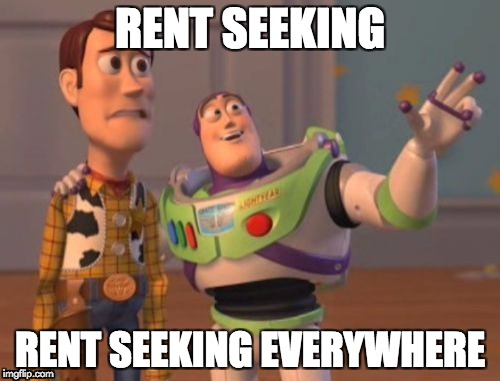
Regulation has a Dark Side

George Stigler
1911-1991
Economics Nobel 1982
“[A]s a rule, regulation is acquired by the industry and is designed and operated primarily for its benefits,” (p.3).
“[E]very industry or occupation that has enough political power to utilize the state will seek to control entry. In addition, the regulatory policy will often be so fashioned as to retard the rate of growth of new firms,” (p.5).
Stigler, George J, (1971), “The Theory of Economic Regulation,” Bell Journal of Economics and Management Science 3:3-21
Regulation has a Dark Side
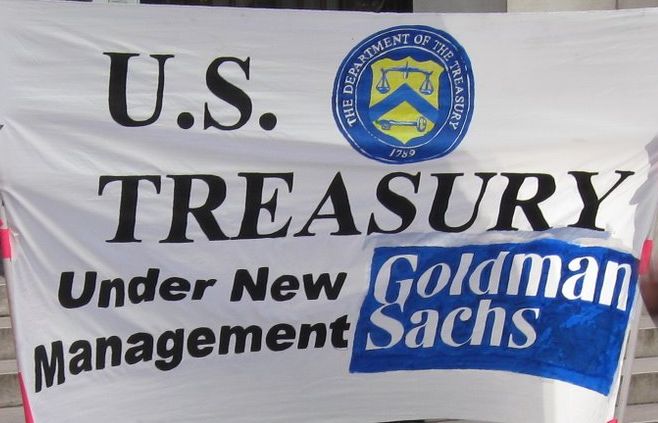
Regulatory capture: a regulatory body is “captured” by the very industry it is tasked with regulating
Industry members use agency to further their own interests
- Incentives for firms to design regulations to harm competitors
- Legislation & regulations written by lobbyists & industry-insiders
Regulation has a Dark Side
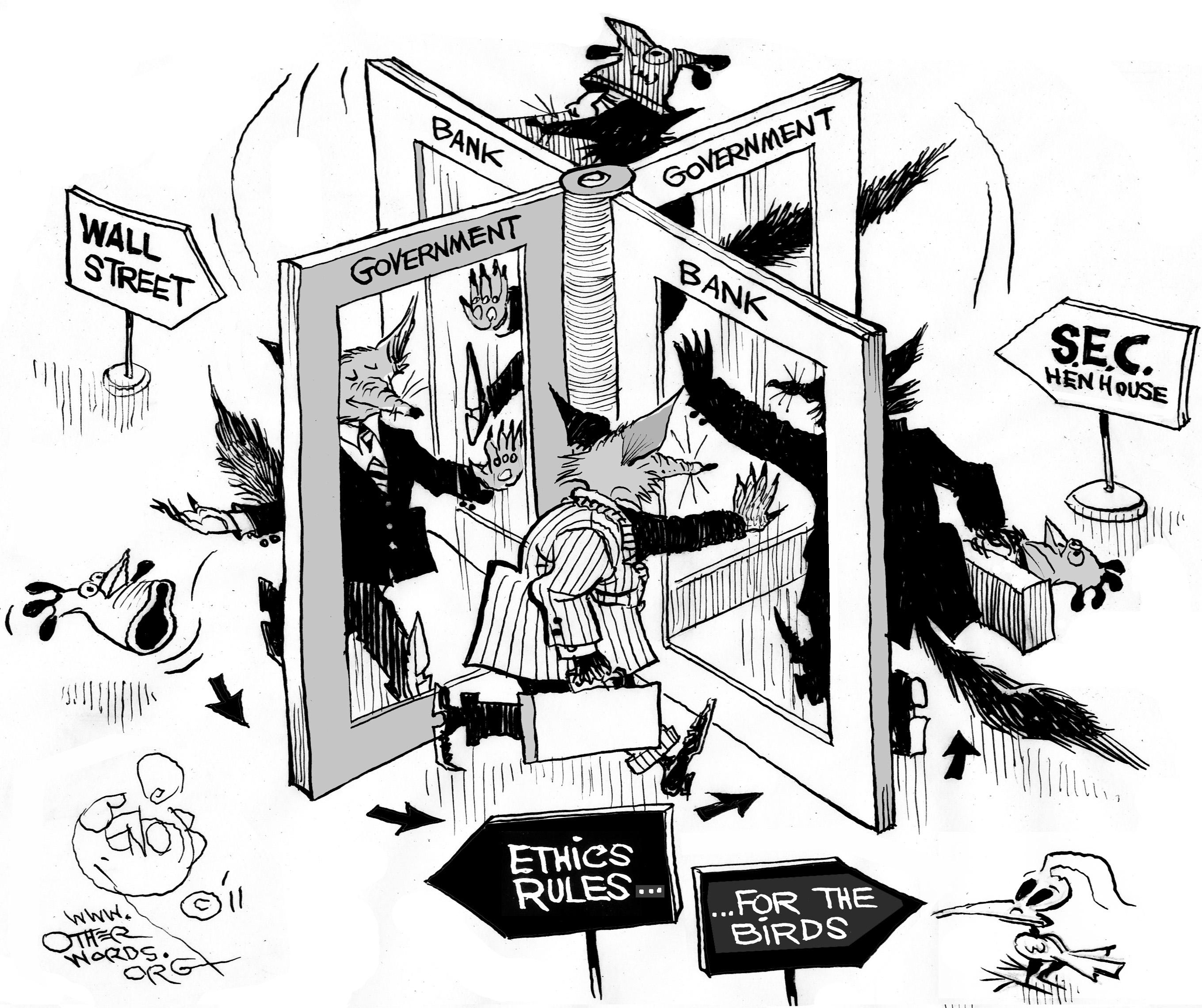
One major source of capture is the “revolving door” between the public and private sector
Legislators & regulators retire from politics to become highly paid consultants and lobbyists for the industry they had previously “regulated”
Why Do Firms Rent-Seek?
Markets serve consumers (“consumer sovereignty”), not producers (or workers, etc)!
Successful market economies produce wealth and destroy jobs (and sometimes, industries)
Economic growth ≡ more output with fewer inputs
A political problem: why would producers permit the destructive side of creative destruction?


No Easy Solutions, Only Trade Offs!
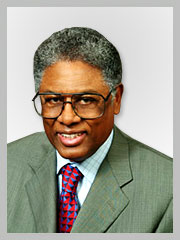
Thomas Sowell
1930—
“[In economics] there are no solutions, there are only tradeoffs.”
No Easy Solutions, Only Trade Offs!

Antitrust
Antitrust and Competition Law I
Aren't monopolies illegal in the U.S.?
Yes: engaging in anticompetitive practices in the U.S. is illegal under antitrust laws
- Laws intended to promote economic competition and reduce excessive market power
- enforced by DOJ (criminal) and FTC (civil)


Antitrust and Competition Law II
Aren't monopolies illegal in the U.S.?
No: most monopolies exist because of explicit or implicit government-backing
- Some markets actually work better as a monopoly (“the good”, natural monopoly, patents, etc.)
- Some markets and regulators are captured via rent-seeking firms to block competition (“the ugly”)
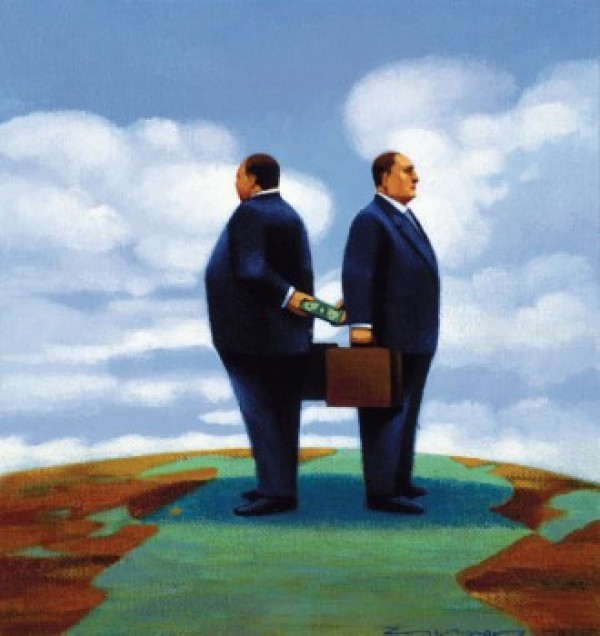
Antitrust and Competition Law III
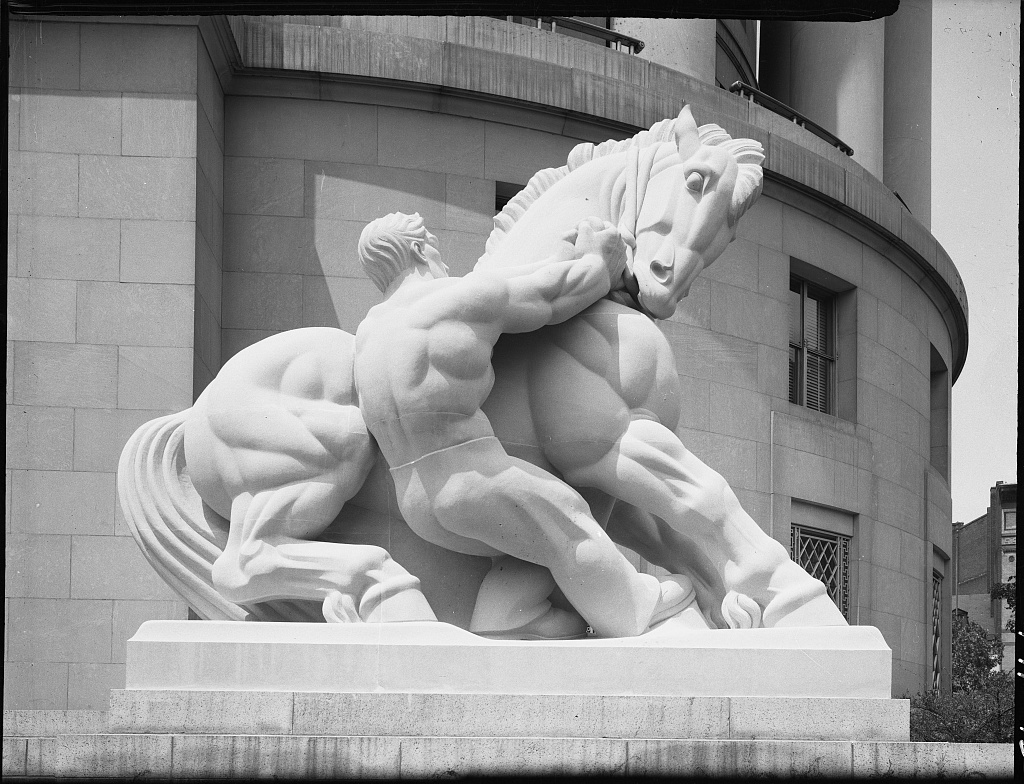
Sherman Antitrust Act (1890)
§ 1: "Every contract, combination in the form of trust or otherwise, or conspiracy, in restraint of trade or commerce among the several States, or with foreign nations, is declared to be illegal."
§ 2: "Every person who shall monopolize, or attempt to monopolize, or combine or conspire with any other person or persons, to monopolize any part of the trade or commerce among the several States, or with foreign nations, shall be deemed guilty of a felony [...]"
26 Stat. 209, 15 U.S.C. (\S) 1–7
Antitrust

- More about antitrust in my Industrial Organization course: (Classes 4.1-4.3)
- 4.1 Measuring Market Power
- 4.2 Antitrust I: The Law
- 4.3 Antitrust II: The Paradox
- 4.4 Antitrust III: Big Tech & Hipster Antitrust

